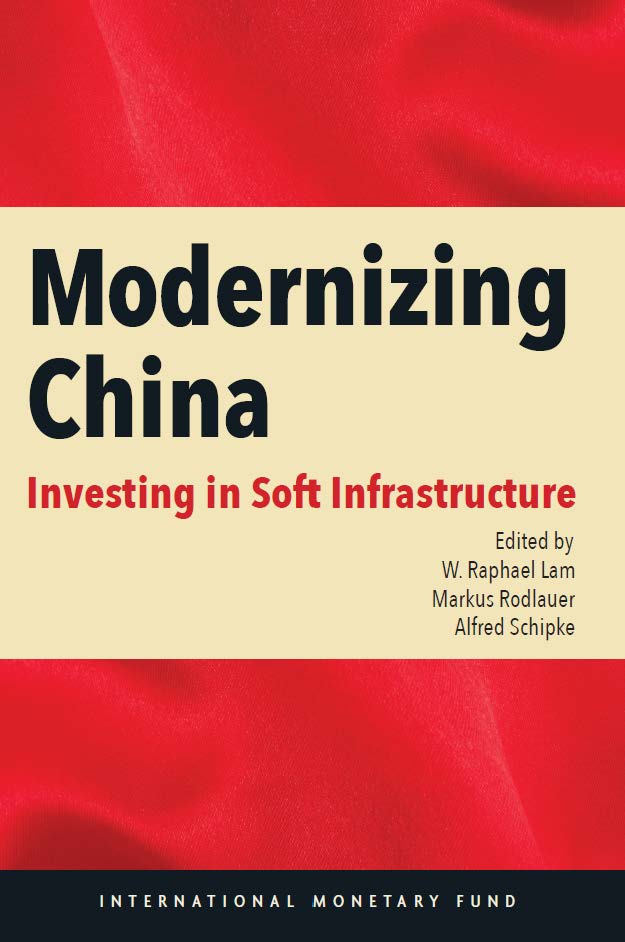Version in 中文 (Chinese)
An important attribute of China’s remarkable record of economic growth has been the creation of an astonishing network of “hard” infrastructure, like roads, power stations, and communication networks. Now, China needs to move toward a new stage of reforms designed to help rebalance its economy. The stakes for global prosperity are high—China is the second largest economy and contributes one-third of the world’s growth.
As a crucial part of that transition, China’s government should move away from directing and owning resources and instead take on a new role as a facilitator and regulator of private initiative, enterprise, and innovation.
 A new IMF book looks at China’s rebalancing from this different angle—the shift in emphasis from “hard” physical investment to “soft” infrastructure investment.
A new IMF book looks at China’s rebalancing from this different angle—the shift in emphasis from “hard” physical investment to “soft” infrastructure investment.
What is soft infrastructure? It covers a broad range of fiscal, monetary, financial policies and statistics. And it relates to the governance and financing of state-owned enterprises and local governments. This is a key issue given current concerns about debt buildup in the state enterprise sector, where many companies exist as “zombie” entities. In essence, it is the collection of institutional frameworks that support sustained economic and social progress.
This infrastructure is built on a foundation of open markets. It includes fiscal policies that make it easier to manage the economy and avoid the build-up of excessive risks. It includes things like a fair tax system, a financial system that helps channel peoples’ savings to productive uses, and corporate governance that protects consumers and workers.
Soft infrastructure can help China shift its economy toward consumption, services, and environmentally friendly growth, and manage the challenges of a constantly changing world.
Read an excerpt of Modernizing China: Investing in Soft Infrastructure.



